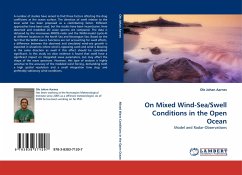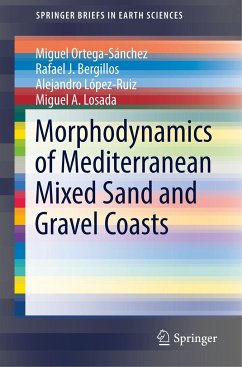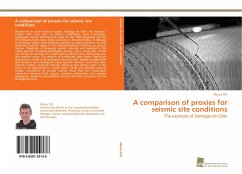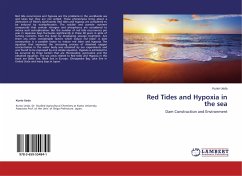
On Mixed Wind-Sea/Swell Conditions in the Open Ocean
Model and Radar-Observations
Versandkostenfrei!
Versandfertig in 6-10 Tagen
32,99 €
inkl. MwSt.

PAYBACK Punkte
16 °P sammeln!
A number of studies have aimed to find those factors affecting the drag coefficient at the ocean surface. The direction of swell relative to the local wind has been proposed as a contributing factor. Different approaches have been used, but the results have been inconclusive. Here observed and modelled 2D wave spectra are compared. The data is obtained by the microwave MIROS-radar and the WAM-model (cycle-4) at different locations in the North Sea and Norwegian Sea. Based on the fact that the WAM source functions are not accounting for swell effects, a difference between the observed and simul...
A number of studies have aimed to find those factors affecting the drag coefficient at the ocean surface. The direction of swell relative to the local wind has been proposed as a contributing factor. Different approaches have been used, but the results have been inconclusive. Here observed and modelled 2D wave spectra are compared. The data is obtained by the microwave MIROS-radar and the WAM-model (cycle-4) at different locations in the North Sea and Norwegian Sea. Based on the fact that the WAM source functions are not accounting for swell effects, a difference between the observed and simulated wind-sea growth is expected in situations where wind is opposing swell and wind is blowing in the same direction as swell if this effect should be considered significant. In this study no clear evidence is found that swell have a significant impact on integrated wave parameters, but may affect the shape of the wave spectrum. However, this type of analysis is highly sensitive to the accuracy of the modeled wind forcing, demanding both a high spatial resolution and a small integration time step, and preferably stationary wind conditions.












